El Pla de Santa Maria: The Factory and the land
Be sure not to miss: the Romanesque church of Sant Ramon, one of the jewels of the region; the whole Factory complex, with the Textile Interpretation Centre and Agricultural Museum; the Capona Route, an excellent combination of nature and dry stone; and Calle Mayor, with the spacious church of Santa Maria, one of the most beautiful baroque buildings in the region.
El Pla is home to one of the most emblematic monuments of Catalan Romanesque: the Sant Ramon de Penyafort church (BCIN), an exquisite 13th-century place of worship that has preserved a sculptural portal and some first-rate chapiters. Inside is an organ built in 1876 by the Gheude brothers for the Petit Séminaire de Basse-Wavre church in Belgium. In the 1980s, the friendship of Fr Joan Magí, then rector of Pla de Santa Maria, with the Belgian organist, Wilfried Praet, led to the purchase of the instrument and its move to Pla; without doubt, a great contribution to the cultural heritage of the town.
Today’s industry in Pla de Santa Maria plays an important role in the region, but this role was key a hundred years ago at the time of the Mancomunidad or Regional Association, when a textile factory gave work to everyone in the town and others from the local area. Today, converted into a Textile Interpretation Centre, it houses some old looms, unique in Cataluña Nova, that can be seen in operation. The complex also houses the Agricultural Museum, with a fine collection of carriages and farm tools, and an incipient Mortar Museum. The Factory surroundings are notable for the reservoir, of over 5,000 m², where you can take a boat trip, and for the spacious gardens and the old factory buildings. This group of attractions is one of the most notable in Alt Camp.
Among the many natural activities in Camp de Tarragona, one of the most recommended is the Capona Route, which has one of the most numerous sets of dry stone constructions. In a tour of just over an hour, you can see representative samples of the art of dry stone: local buildings, plant receptacles, columns and partitions, among other constructions. The route is signposted and has been part of the UNESCO World Heritage catalogue for dry stone since November 2018.
Leaving Carpis, next to a fountain, you find a hermitage, also Sant Ramon, with magnificent frontal views of Penedès and the Camp de Tarragona.
In the centre of the old medieval village is Calle Mayor, where a few of the houses from some noble families, such as Rubinat, Llobereta and Mitger have remarkable sgraffito. Don’t forget to visit the church of Santa Maria in the church square: one of the most beautiful Baroque specimens in the region. This is missing a second bell tower, whose image is the current emblem of the town's coat of arms.
Notícies relacionades
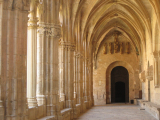





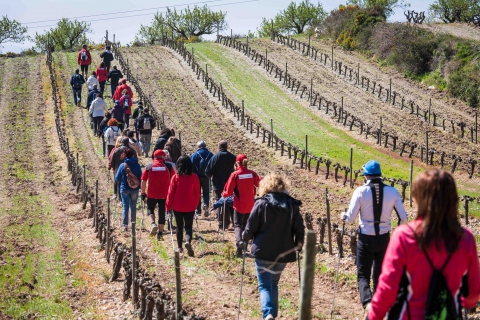
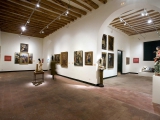
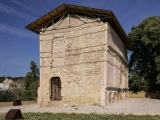
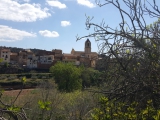

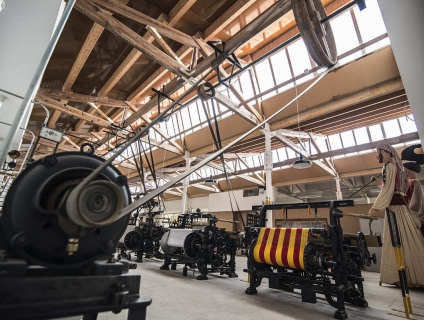
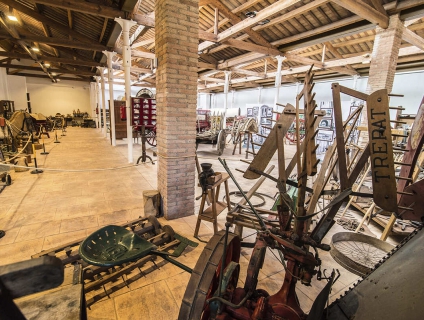
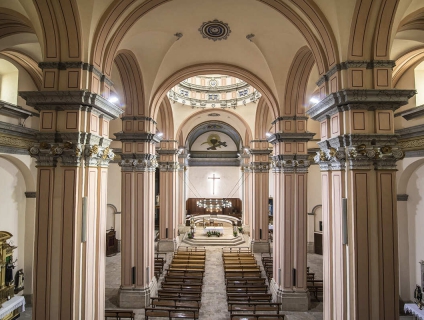
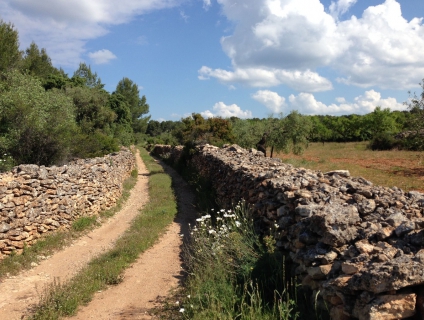
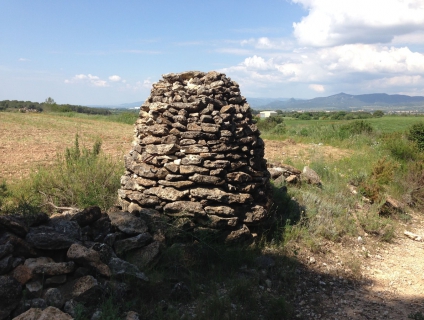
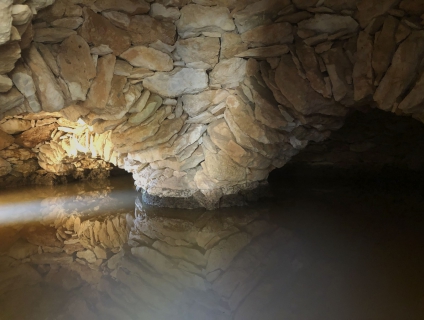
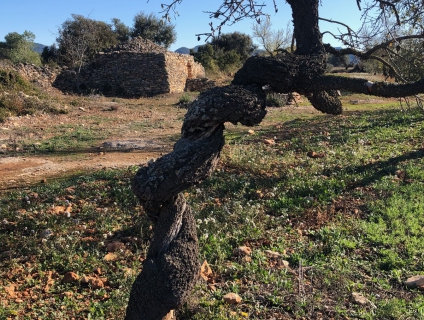
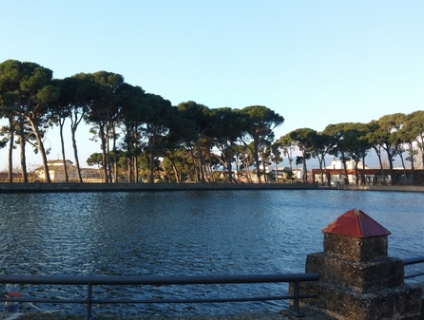
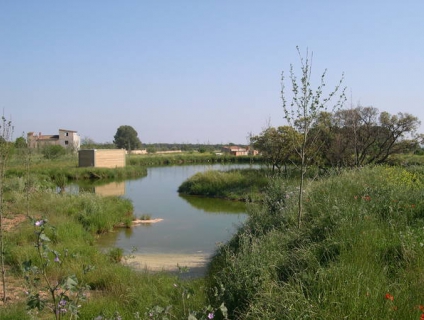
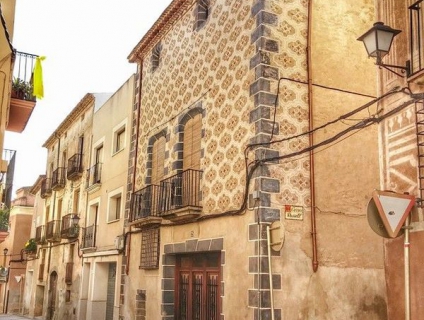
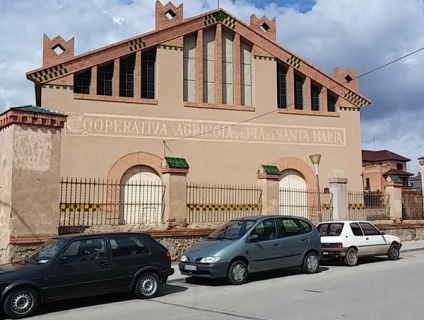
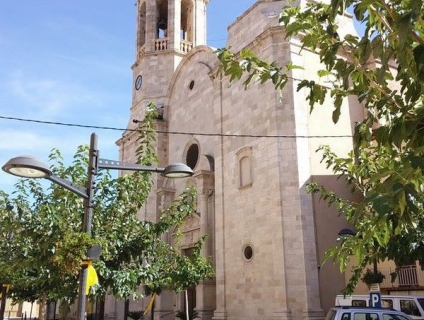
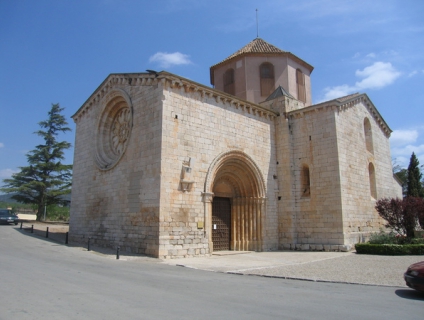
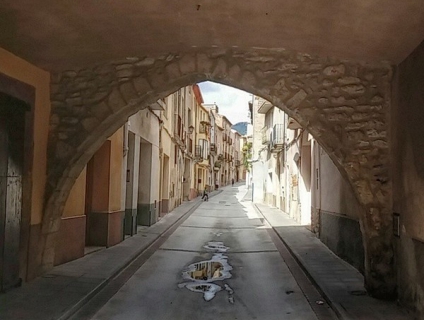
















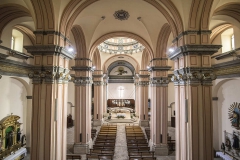



 Entorn Web · Àrea de Coneixement i Qualitat
Entorn Web · Àrea de Coneixement i Qualitat Oficina de Gestió de Turisme de l’Alt Camp
Oficina de Gestió de Turisme de l’Alt Camp



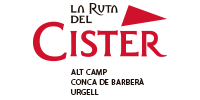


 turismealtcamp
turismealtcamp turismealtcamp
turismealtcamp turismealtcamp
turismealtcamp